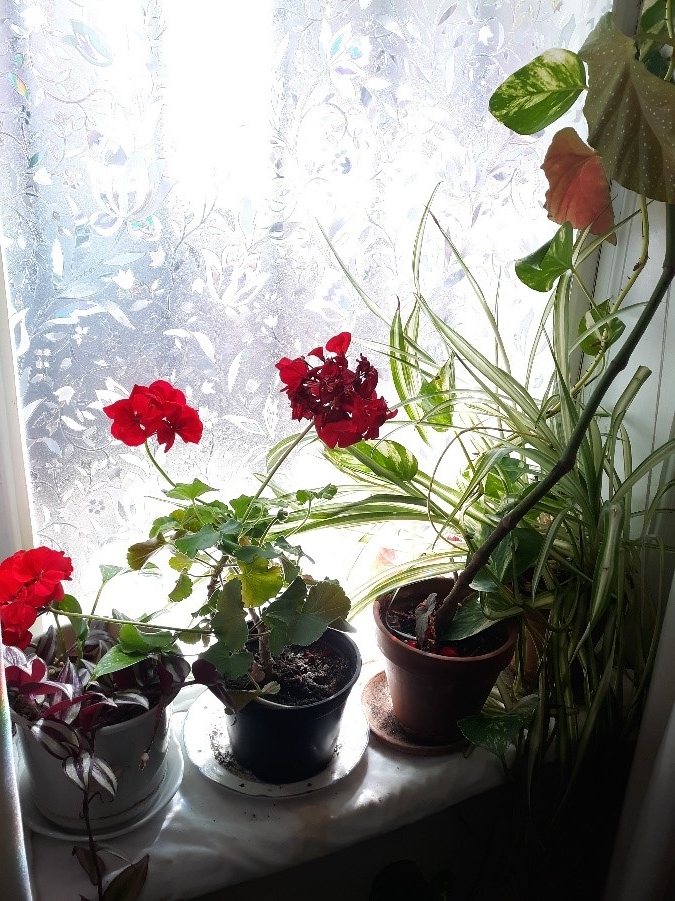Tips: Houseplant TLC

Houseplants can be beautiful, fragrant or just interesting, and they have the ability to calm us. Maybe you’re growing plants in your house or apartment at the moment or have thought about doing so. If you’re a beginner, here are some tips on getting started caring for houseplants — and if you’re a veteran, think of this as a confirmation that you’re taking care of your green housemates properly.
1. In choosing a houseplant, consider what you have to offer it: Is your house or apartment mostly dark inside, or do you have a lot of sunlight? Reading the label placed in the pot (if it’s a nursery plant) will tell you what level of light the plant does best with. You can also do a little online or book research on the plant’s needs. You certainly can move the plant around to other spots to see if it responds better to different types of light.
2. After you’ve set up the plant in the place you want, put a plate or lid under it to collect water. A houseplant will inevitably become thirsty, so next, you’ll want to water it. The rule of thumb for learning whether your plant needs water is exactly that: gently push your thumb down into the soil around your plant as far down as your knuckle. If that soil feels dry, add water to the pot until it runs out the bottom. Fresh water collected from outside is great for plants because it’s free of water-softening chemicals added to tap water, but either way your plant will be grateful.
3. If you’re growing a plant with thick, fleshy leaves, it’s probably storing water in those leaves and you won’t need to water it as much. Water this kind of plant once a month during winter while its growth is slow, and twice a month during the rest of the year. But also check the plant’s watering instructions or do some research on this topic.
4. Also, during the winter months, indoor air is normally much drier because of heated houses and apartments. It’s not a bad idea to find a spray bottle and mist your plant with water every day. You’ll see it respond with healthy looking leaves and maybe even an unexpected bloom.





